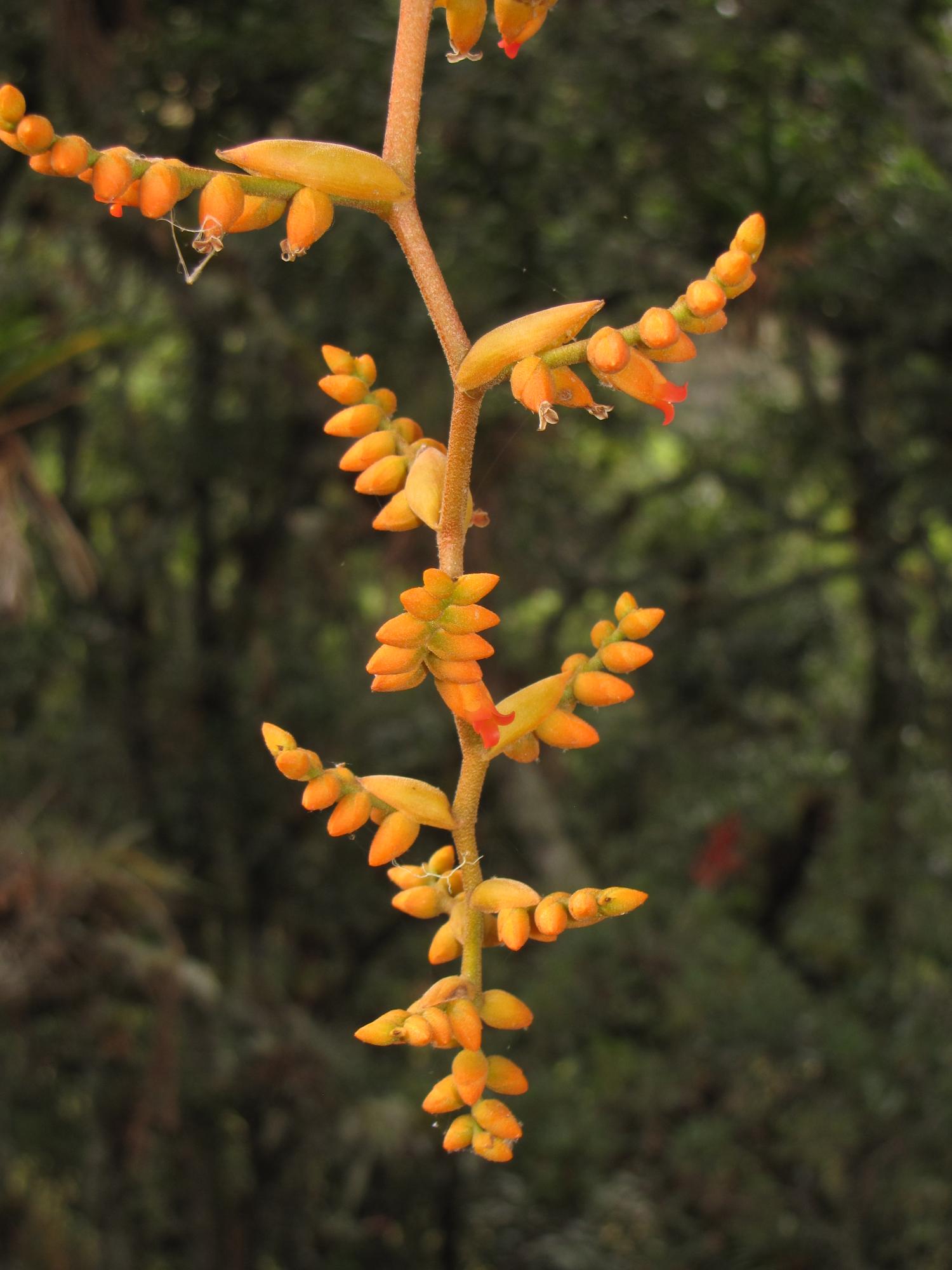 The Andes version of the NatureServe Climate Change Vulnerability Index identifies plant and animal species that are particularly vulnerable to the effects of climate change in Colombia, Ecuador, Peru, and Bolivia. Using the Index, you apply readily available information about a species’ natural history, distribution and landscape circumstances to predict whether it will likely suffer a range contraction and/or population reductions due to climate change.
The Andes version of the NatureServe Climate Change Vulnerability Index identifies plant and animal species that are particularly vulnerable to the effects of climate change in Colombia, Ecuador, Peru, and Bolivia. Using the Index, you apply readily available information about a species’ natural history, distribution and landscape circumstances to predict whether it will likely suffer a range contraction and/or population reductions due to climate change.
Download the Andes version of the NatureServe Climate Change Vulnerability Index (3.5 MB, Spanish)
Land-management and natural-resource professionals are increasingly asked to identify which of the plants and animals that inhabit the lands and waters they manage are most vulnerable to the impacts of climate change. But the factors that influence the exposure and response of any given species are numerous and few examples exist of vulnerability assessments carried out on Andean species. These factors combine to complicate the task of performing vulnerability assessments in this complex region.
The Andes version of the NatureServe Climate Change Vulnerability Index translates research findings into useful guidelines that enable practitioners and policy-makers to identify emerging and anticipated threats to biodiversity. The tool also supports regional approaches and broader contexts thanks to its reliance on standardized data that extends across national boundaries. By enabling those responsible for managing lands to assess species’ relative vulnerability—as well as the relative importance of factors contributing to such assessments—the Index can help them prioritize management strategies for climate change adaptation and develop actions that increase the resilience of species to climate change.
The Andes version of the NatureServe Climate Change Vulnerability Index was written in Spanish to facilitate its use by scientists and natural resource managers from the Andean countries.
The Climate Change Vulnerability Index provides a rapid, cost-effective means of estimating a plant or animal species’ relative vulnerability to climate change. It combines readily accessible information on the natural history, distribution, and management with downscaled climate projections available from NatureServe (see below). The Index can be used for both rare and common plants and animals—an important factor given that overall conservation status has proven to be an unreliable proxy for vulnerability to climate change.
The Index separates vulnerability into its three primary components: a species’ exposure to climate change within a particular assessment area, its inherent sensitivity to climate change, and its capacity to adapt to change. The tool gauges 20 scientifically documented factors and indicators of these components, as well as documented responses to climate change where they exist. While the Index calculates the likelihood of declines in populations of individual species, it also accommodates inherent uncertainties about how species respond within their ecological contexts.
Results fall into one of five categories:
Extremely Vulnerable
Highly Vulnerable
Moderately Vulnerable
Less Vulnerable
Insufficient Evidence
Resource managers, planners, and conservationists can use the Index to:
- Conduct rapid assessments of the relative vulnerability of both rare and common species to climate change
- Identify the most critical risk factors for groups of species
- Highlight target species that warrant more in-depth study and research
- Detect areas containing high concentrations of species threatened by climate change impacts
- Begin to examine how impacts may cause the range of species populations to expand or retreat
- Complement conservation status assessments to set conservation priorities across jurisdictional boundaries
- Promote coordination, consistency, and efficiency of planning and managing for adaptation
- Provide valuable input on key species for adaptation planning documents and other management plans
- Identify data gaps and research needs
Climate Data Needed for Index
Projected Mean Annual Temperature, 2050s, A1b scenario, Tropical Andes (17 MB .img file, for opening as a grid in a GIS program)
Projected Climate Moisture Deficit, 2050s, A1b scenario, Tropical Andes (3MB .img file, for opening as a grid in a GIS program)
The climate data available here are derived from the Climate South America dataset, which uses the methods explained in Hamann et al. (2013). The data are from the Fourth IPCC Assessment Report (AR4) using the A1B emissions scenario and an ensemble of 15 Global Circulation Models (GCMs). The baseline is 1961-1990, and the projection is for the mid-2050s, defined as 2040-2069. The resolution of the dataset is 2.5 x 2.5 arcmin (4km).
Citation: Hamann, A., T. Wang, D. L. Spittlehouse, and T. Q. Murdock. 2013. A comprehensive, high-resolution database of historical and projected climate surfaces for western North America. Bulletin of the American Meteorological Society 94: 1307-1309.